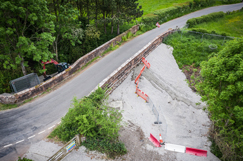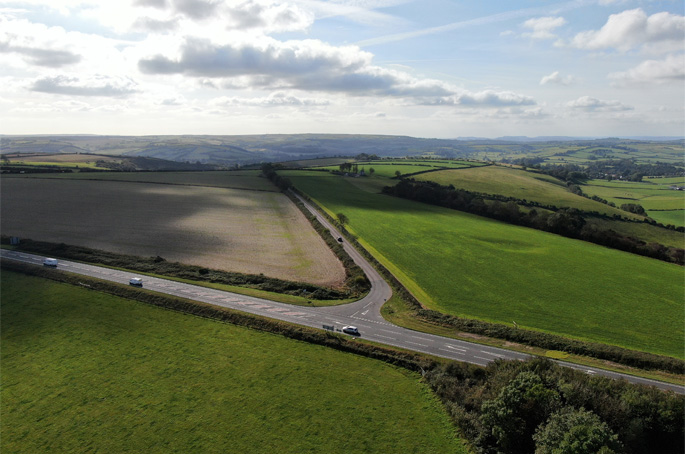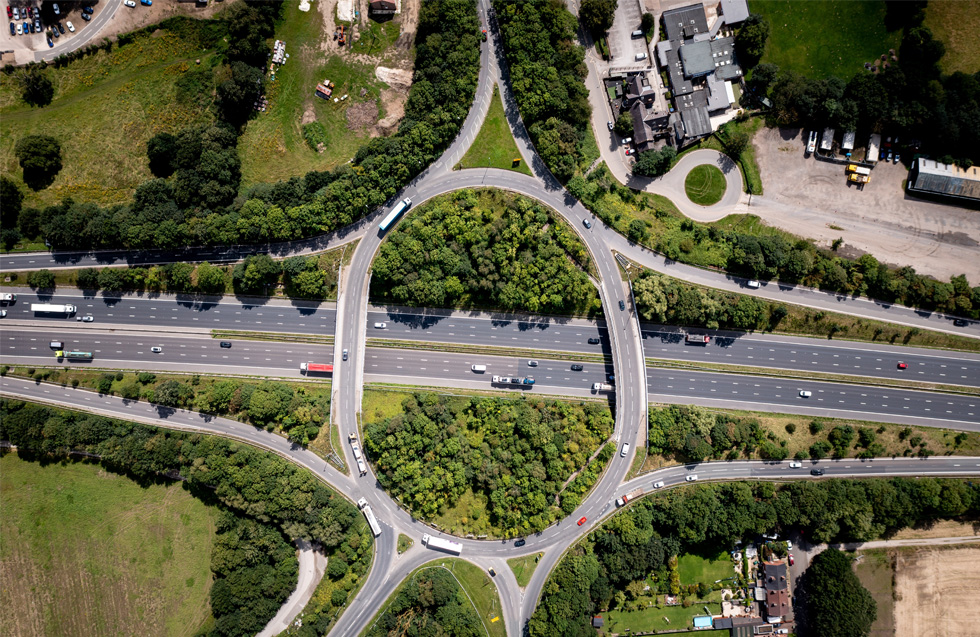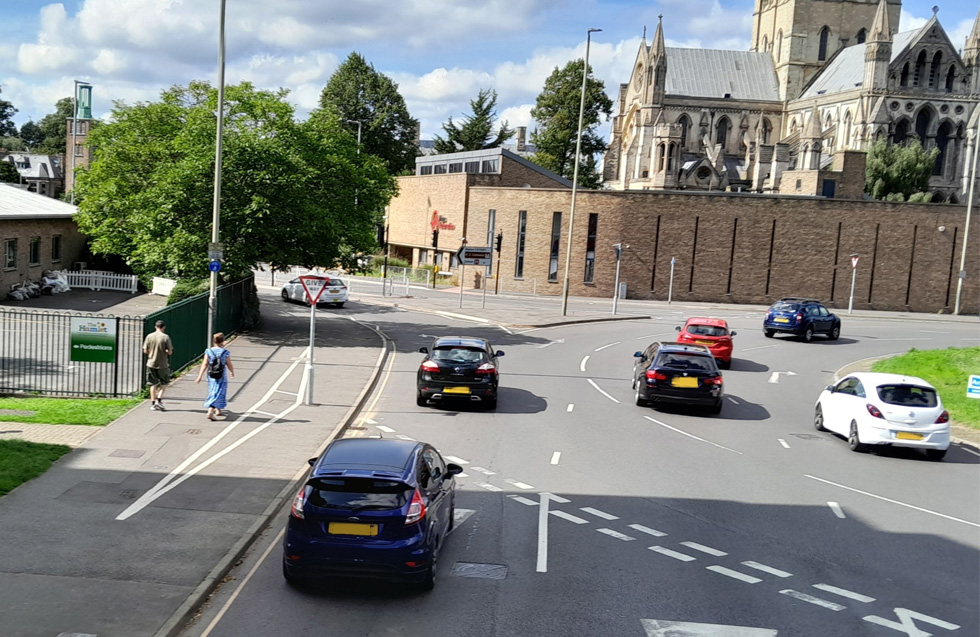The Government has paused Highways England's controversial programme of infilling historic rail bridges after critics accused it of cultural vandalism and preventing the routes from being used for active travel.
Following concern about what Department for Transport officials described as 'of a small proportion of the 3,250 railway structures managed by Highways England', the Government will now consider whether more historic railway structures 'could be used for walking or cycle routes or other transport purposes'.

In the first year progress report on its cycling and walking plans [Gear Change 2020], the Department for Transport announced a review of the infilling process.
'By the autumn, we will establish a formalised framework and engagement process for these structures to understand, in each case, whether there is a realistic prospect of it being used for active travel or other transport purposes in future; and to ensure that the views of local stakeholders, including active travel groups and the local authority, are fully taken into account,' the DfT document states.
'Until then, any infilling or demolition on these structures will be paused, unless there is an immediate need to act on grounds of public safety.'
The Historical Railways Estate is owned by the Department for Transport (DfT) but managed on its behalf by Highways England, which developed a programme to infill or demolish bridges it deemed to be too costly or dangerous to maintain.
The aim was to 'significantly reduce the level of liability and risk'. However the programme was thrown into controversy by a concerted national campaign against it by the HRE Group, as well as local opposition.
In one notable dispute, Eden Valley District Council in Cumbria alleged Highways England had refused its request to stop the works on the bridge at Great Musgrave near Warcop (pictured).
The accusation came despite assertions from the national roads authority that it had ‘paused infilling and demolition works where local authorities have raised queries'
In response, the council told Highways England it will need to apply for planning permission if it intends the work to be permanent and could face an order to reverse the infilling.

























